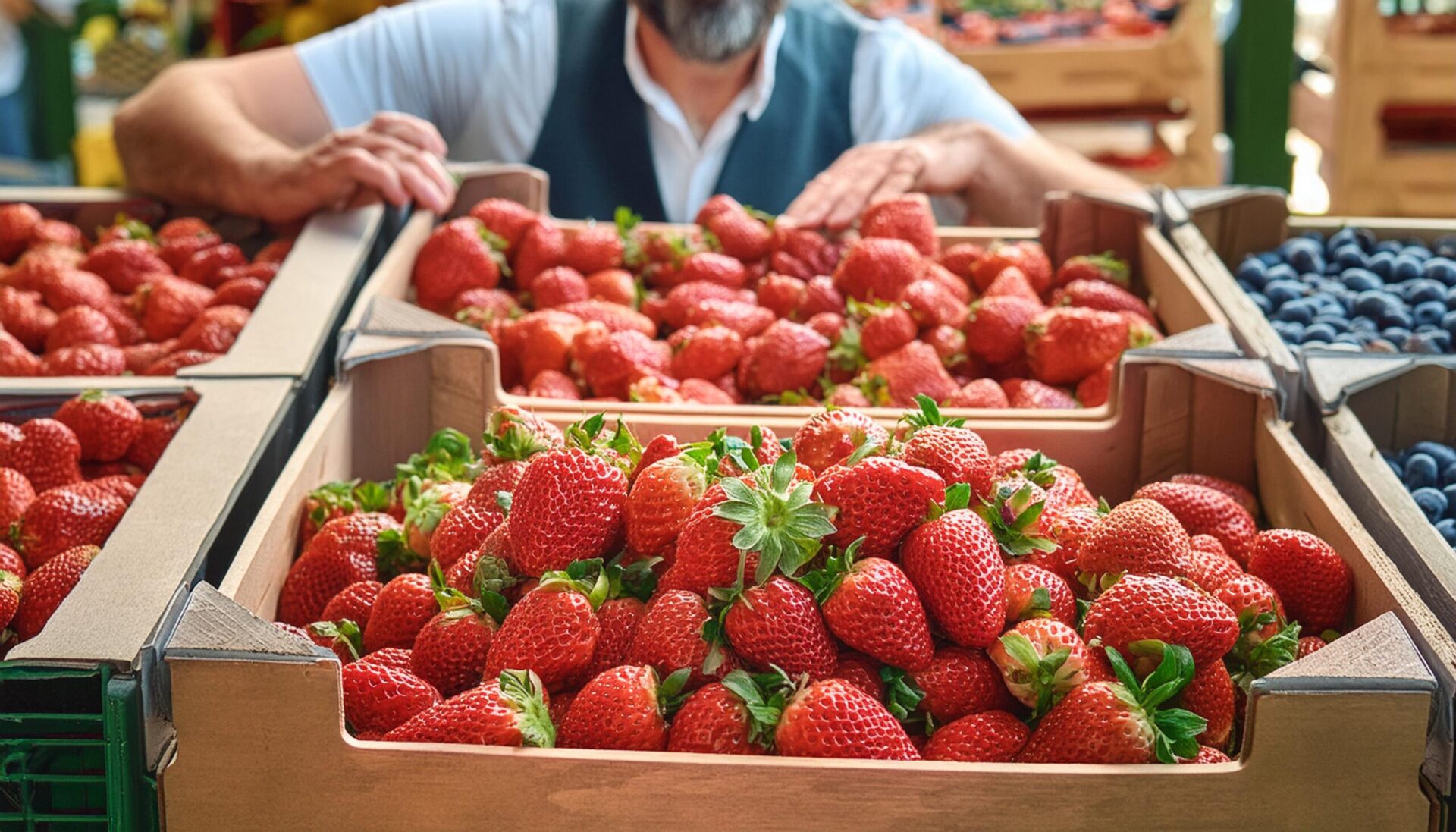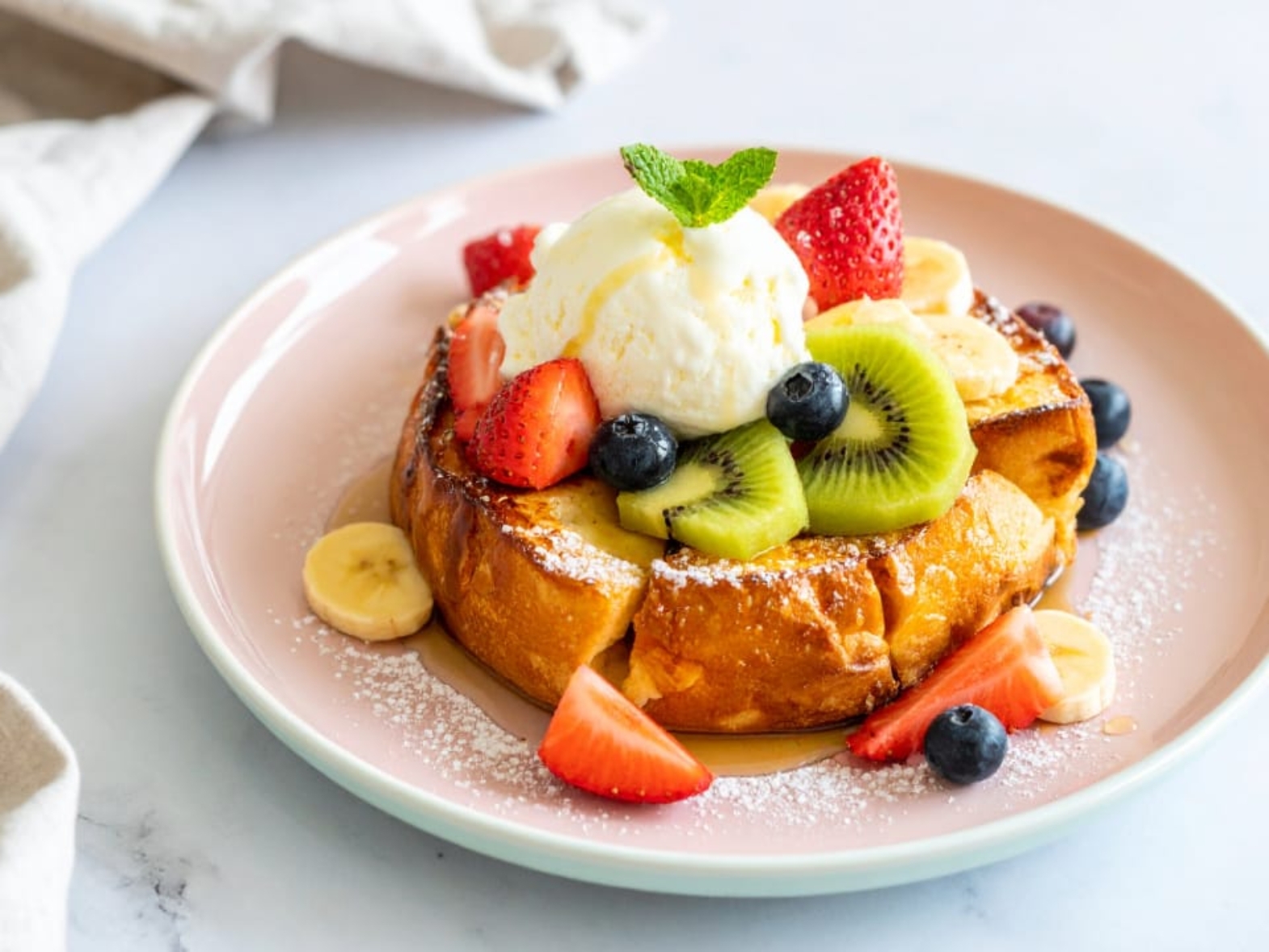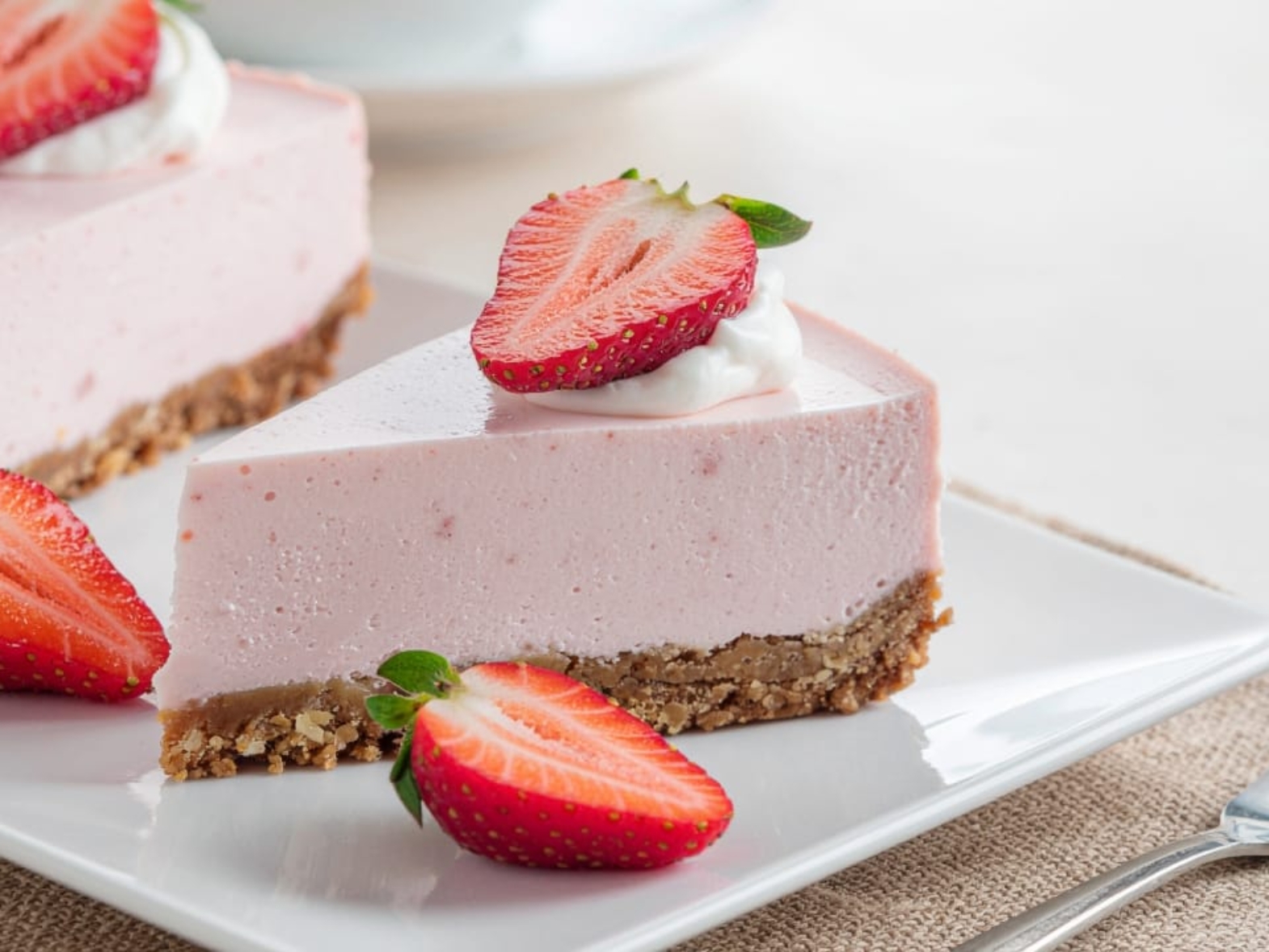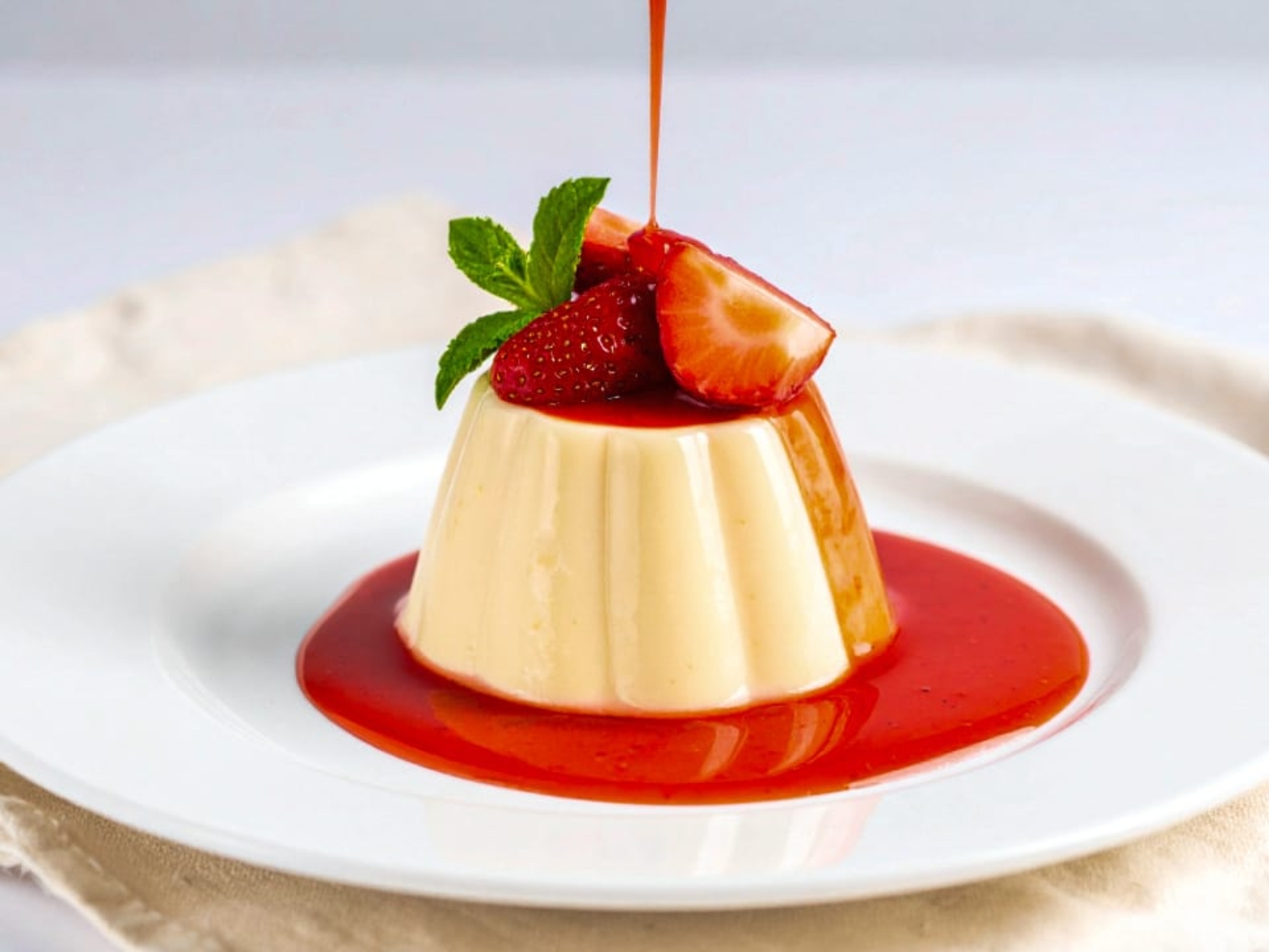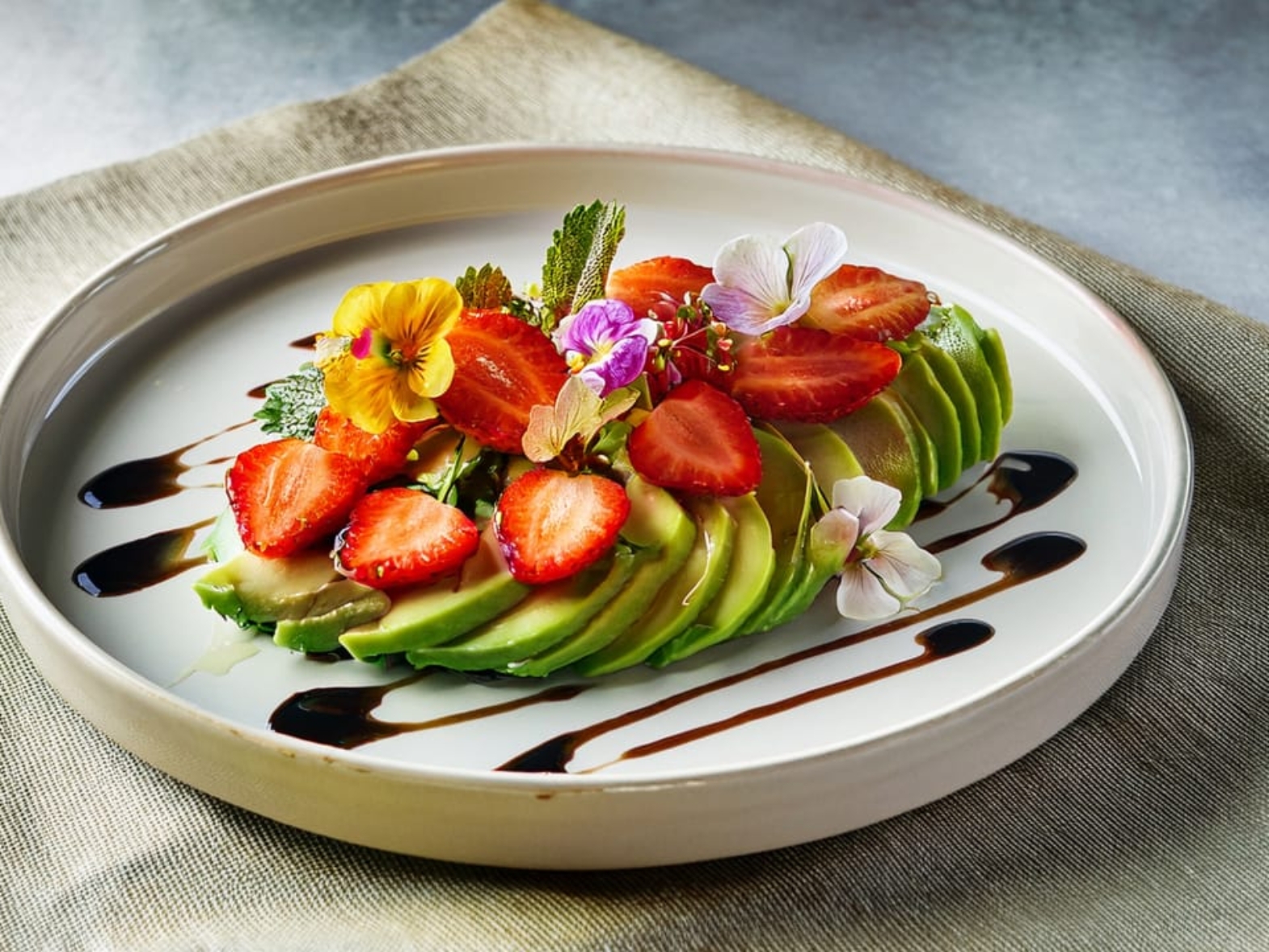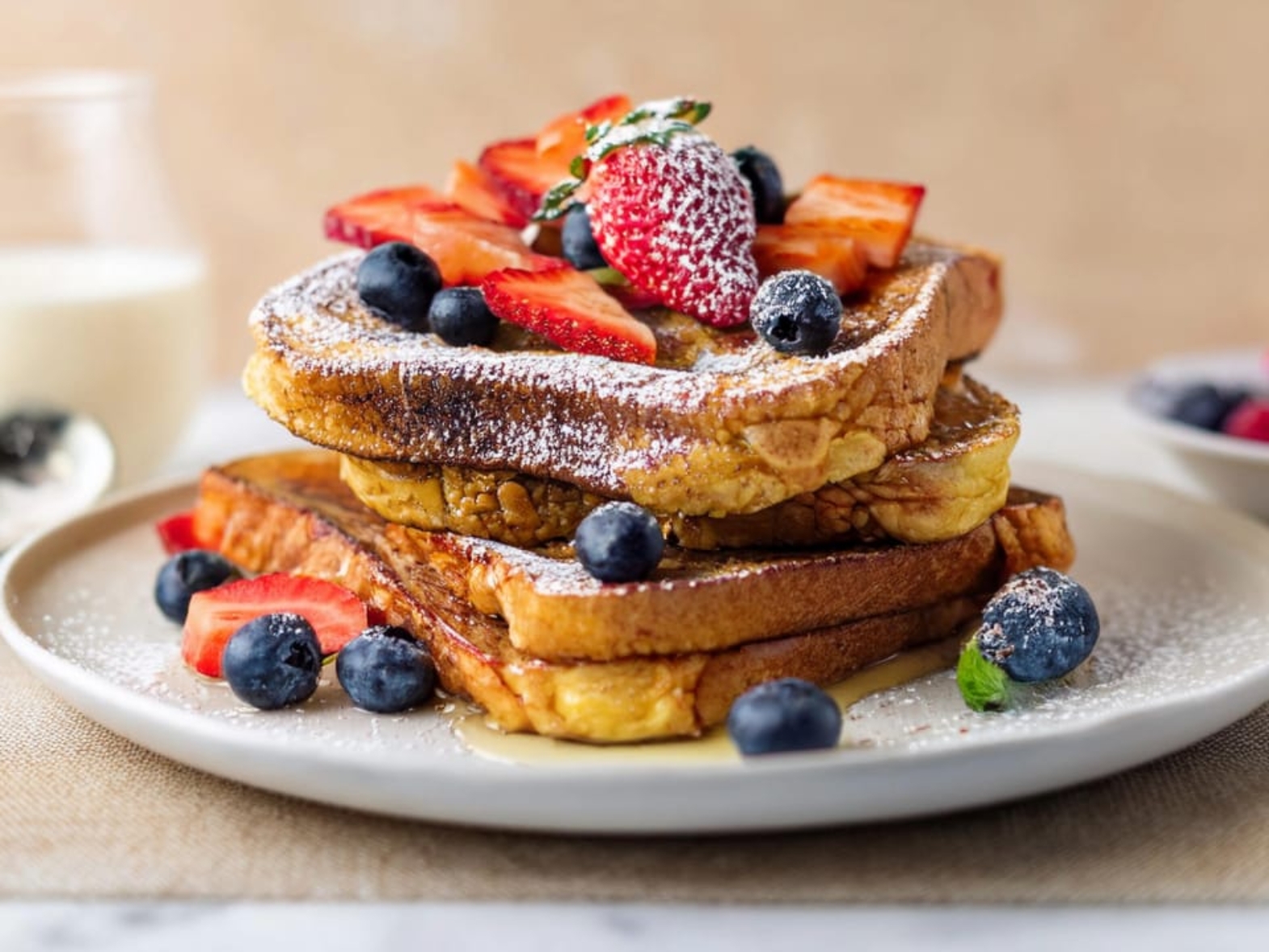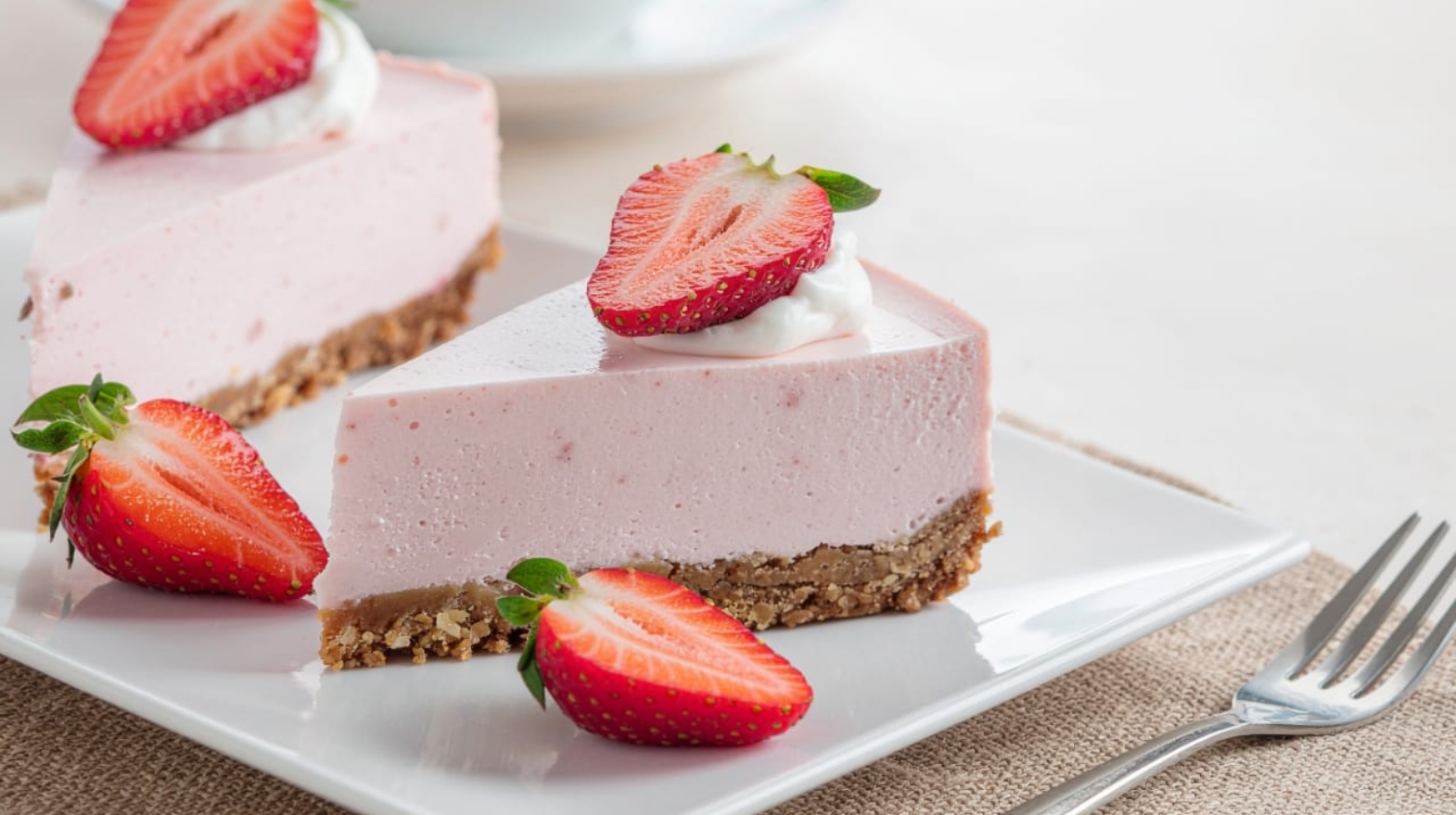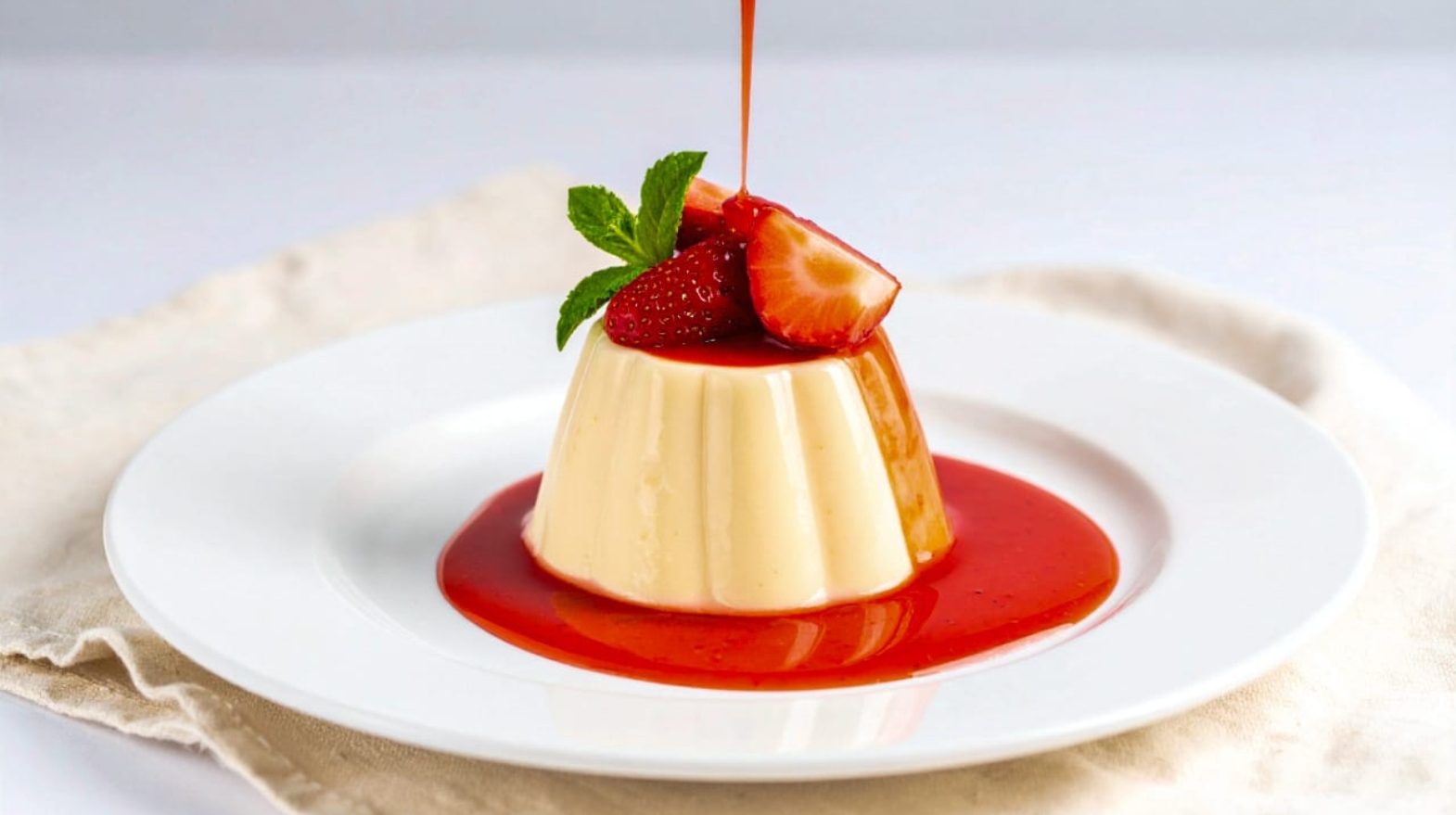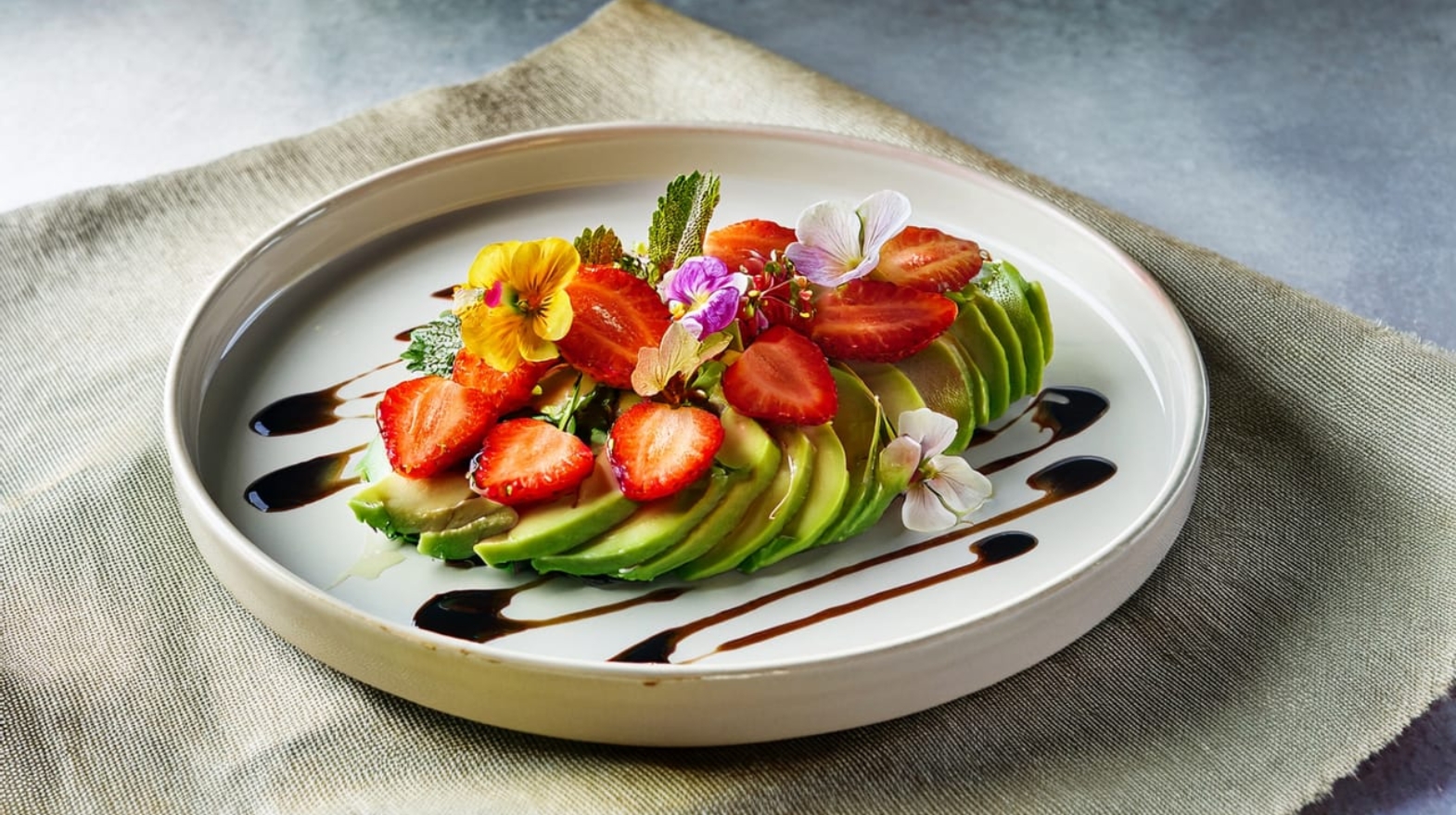The Ultimate Guide to Strawberries
Introduction to Strawberries
History of Strawberries
Strawberries have a rich history dating back to ancient Roman times when they were prized for their medicinal properties. Native American tribes also used strawberries in various dishes and as a staple food source. It wasn’t until the 18th century in Europe that the modern garden strawberry, a hybrid of two North American species, was developed and became widely cultivated.
Nutritional Profile
Strawberries are not only delicious but also packed with essential nutrients. A single cup (about 150 grams) of fresh strawberries contains:
- Calories: 49
- Protein: 1 gram
- Carbohydrates: 11.7 grams
- Fiber: 3 grams
- Vitamin C: 149% of the Daily Value (DV)
- Manganese: 29% of the DV
- Folate (Vitamin B9): 9% of the DV
- Potassium: 6% of the DV
Strawberries are also rich in antioxidants and polyphenols, which contribute to their numerous health benefits.
Health Benefits of Strawberries
Boosting Immune System
Strawberries are an excellent source of vitamin C, a powerful antioxidant that helps strengthen the immune system. Regular consumption of strawberries can help reduce the severity and duration of common colds and other infections.
Improving Heart Health
The high levels of antioxidants, fiber, and potassium in strawberries contribute to heart health. These nutrients help reduce inflammation, lower blood pressure, and improve cholesterol levels, all of which are crucial for maintaining a healthy heart.
Anti-inflammatory Properties
Strawberries contain anti-inflammatory compounds, such as anthocyanins and ellagic acid, which can help reduce inflammation in the body. This can be particularly beneficial for individuals with chronic inflammatory conditions, such as arthritis.
Enhancing Brain Function
The antioxidants and other nutrients in strawberries, including vitamin C and phytochemicals, have been shown to improve brain health and cognitive function. Regular consumption of strawberries can help protect the brain from oxidative stress and reduce the risk of age-related neurodegenerative diseases.
Custard Toast – Viral Baked Breakfast with Creamy Yogurt Filling & Fruit
Find the perfect ceramic plate on Amazon If you’ve been scrolling through social media lately, you’ve probably seen the hype around custard toas ...
Vegan Strawberry Cheesecake Bars – Creamy, No-Bake & Naturally Sweetened
Find the perfect ceramic plate on Amazon Let’s talk about dessert. The kind that’s creamy, fruity, perfectly sweet, and secretly healthy-ish. Ou ...
Strawberry Soufflé with Vanilla Bean Crème Anglaise – Elegant and Light Dessert
Find the perfect ceramic plate on Amazon There’s something magical about a perfectly risen soufflé — airy, delicate, and just a little bit fancy ...
Strawberry & Avocado Carpaccio with Balsamic Glaze: A Refreshing Vegan Salad with Sweet and Savory Flavors
Find the perfect ceramic plate on Amazon We’ve always loved the idea of combining sweet and savory in a single dish. But nothing quite compares t ...
Ultimate Vegan French Toast Recipe: Golden-Brown & Fruit-Topped Delight
Find the perfect ceramic plates on Amazon Bringing French Toast to the Vegan Table 🌱 Who said you need eggs and milk to create the perfect ...
Growing Strawberries at Home
Choosing the Right Variety
There are numerous strawberry varieties to choose from, each with its unique flavor, size, and growth habits. Some popular varieties for home gardens include June-bearing strawberries, which produce a large harvest in early summer, and everbearing or day-neutral strawberries, which produce smaller, continuous harvests throughout the growing season.
Ideal Growing Conditions
Strawberries thrive in well-drained, sandy loam soil with a pH between 5.5 and 6.8. They require full sun for at least six hours a day to produce the best fruit. It’s also important to provide adequate water, especially during fruit development, but avoid waterlogged conditions to prevent root rot.
Planting Techniques
To plant strawberries, space the plants about 18 inches apart in rows that are three to four feet apart. Plant them so the roots are well-covered with soil, but the crown is exposed to air. Mulching around the plants can help retain moisture, suppress weeds, and keep the fruit clean.
Maintenance and Care
Regular maintenance, including watering, weeding, and fertilizing, is crucial for healthy strawberry plants. It’s also important to remove any runners (long stems that produce new plants) to focus the plant’s energy on producing fruit. Additionally, applying a balanced fertilizer in early spring can promote vigorous growth and higher yields.
Common Pests and Diseases
Strawberries can be susceptible to various pests and diseases, such as aphids, spider mites, and fungal infections like powdery mildew and gray mold. Using organic pest control methods and practicing crop rotation can help minimize these issues. Keeping the garden clean and removing any diseased plants promptly can also prevent the spread of diseases.
Harvesting and Storing Strawberries
When to Harvest
Strawberries are ready to harvest when they are fully red and have a glossy appearance. It’s best to pick them in the morning when they are cool and fresh. Regular harvesting encourages more fruit production.
Proper Harvesting Techniques
To harvest strawberries, gently grasp the berry between your fingers and thumb and twist it off the stem. Be careful not to pull too hard to avoid damaging the plant. Leave a small portion of the stem attached to the fruit to extend its shelf life.
Storing Fresh Strawberries
Fresh strawberries are best consumed shortly after harvest. If you need to store them, place the unwashed berries in a single layer on a paper towel-lined tray and cover them with plastic wrap. Store them in the refrigerator for up to five days. Wash the strawberries just before eating to prevent them from becoming waterlogged.
Freezing and Preserving
To freeze strawberries, wash and hull them, then place them on a baking sheet in a single layer and freeze until solid. Transfer the frozen berries to an airtight container or freezer bag. They can be stored in the freezer for up to six months. Strawberries can also be preserved as jams, jellies, or sauces, providing a delicious taste of summer year-round.
Delicious Strawberry Recipes
Strawberry Smoothies
Strawberry smoothies are a refreshing and healthy way to enjoy strawberries. Blend fresh or frozen strawberries with yogurt, milk, or a plant-based alternative, and add a sweetener like honey or agave syrup if desired. You can also mix in other fruits, such as bananas or blueberries, for added flavor.
Strawberry Salads
Strawberries add a burst of sweetness to salads. Combine fresh strawberries with mixed greens, nuts, cheese, and a light vinaigrette for a delicious and nutritious meal. Some popular combinations include strawberries with spinach and goat cheese or strawberries with arugula and feta.
Strawberry Desserts
Strawberries are a versatile ingredient in desserts. They can be used in cakes, pies, tarts, and parfaits. A classic favorite is strawberry shortcake, made with layers of sweet biscuits, fresh strawberries, and whipped cream. For a lighter option, try serving strawberries with a dollop of Greek yogurt and a drizzle of honey.
Homemade Strawberry Jam
Making strawberry jam at home is a great way to preserve the flavor of strawberries. Simmer fresh strawberries with sugar and lemon juice until thickened, then pour into sterilized jars and seal. Homemade jam can be stored in the refrigerator for up to three weeks or processed in a water bath for longer shelf life.
Strawberry-Based Beauty Products
DIY Strawberry Face Masks
Strawberries contain natural acids and antioxidants that can benefit the skin. For a simple face mask, mash fresh strawberries and mix with yogurt or honey. Apply to the face and leave on for 10-15 minutes before rinsing off with warm water. This mask can help exfoliate, brighten, and hydrate the skin.
Strawberry Hair Treatments
Strawberries can also be used to improve hair health. Blend fresh strawberries with coconut oil or mayonnaise to create a nourishing hair mask. Apply the mixture to damp hair, cover with a shower cap, and leave on for 20-30 minutes before washing out. This treatment can help add shine and softness to the hair.
Strawberry Festivals and Events
Popular Strawberry Festivals Around the World
Strawberry festivals celebrate the harvest and highlight the cultural significance of this beloved fruit. Some popular festivals include the California Strawberry Festival, the Florida Strawberry Festival, and the Nemi Strawberry Festival in Italy. These events often feature strawberry-themed activities, food stalls, and live entertainment.
Local Strawberry Picking Events
Many farms open their fields to the public for strawberry picking during the harvest season. This is a fun family activity that allows people to enjoy fresh strawberries straight from the vine. Check local listings for farms and orchards offering U-pick events in your area.
Interesting Facts About Strawberries
Unique Strawberry Varieties
There are over 600 varieties of strawberries, each with its own unique flavor, size, and texture. Some notable varieties include the Alpine strawberry, which is small and intensely flavorful, and the Pineberry, which is white with red seeds and has a pineapple-like flavor.
Strawberries in Popular Culture
Strawberries have made their mark in popular culture, appearing in literature, music, and art. They are often associated with love and romance due to their heart shape and vibrant red color. Famous examples include Shakespeare’s use of strawberries in “Othello” and the Beatles’ song “Strawberry Fields Forever.”
Buying Strawberries
Tips for Choosing the Best Strawberries
When buying strawberries, look for bright red berries with a glossy finish and fresh green caps. Avoid berries that are dull, soft, or have moldy spots. Smaller berries are often sweeter and more flavorful than larger ones.
Organic vs. Conventional Strawberries
Organic strawberries are grown without synthetic pesticides or fertilizers, making them a healthier choice for those concerned about chemical residues. However, they may be more expensive and less readily available than conventionally grown strawberries. Both options can be nutritious and delicious when properly washed and prepared.
Environmental Impact of Strawberry Farming
Sustainable Farming Practices
Sustainable strawberry farming practices include using organic methods, reducing pesticide use, conserving water, and promoting biodiversity. These practices help protect the environment and ensure the long-term viability of strawberry production.
Challenges in Commercial Strawberry Production
Commercial strawberry farming faces several challenges, including labor-intensive cultivation, susceptibility to pests and diseases, and environmental concerns. Innovations in farming techniques and technology aim to address these issues and improve the sustainability of strawberry production.
Conclusion
Strawberries are a versatile and nutritious fruit that offer numerous health benefits, delicious culinary possibilities, and beauty applications. Whether you enjoy them fresh, in recipes, or as part of a DIY beauty regimen, strawberries are a delightful addition to any diet and lifestyle. Incorporating strawberries into your daily routine can enhance your well-being and provide a tasty treat.
FAQs
How can I keep strawberries fresh for longer? To keep strawberries fresh, store them unwashed in a single layer on a paper towel-lined tray in the refrigerator. Wash them just before eating.
Are strawberries good for weight loss? Yes, strawberries are low in calories and high in fiber, making them a great choice for weight loss and maintaining a healthy diet.
Can strawberries help with skin health? Yes, the antioxidants and vitamins in strawberries can help improve skin health by reducing inflammation and promoting a clear, glowing complexion.
What are some creative ways to use strawberries in cooking? Strawberries can be used in salads, desserts, smoothies, jams, and even savory dishes like grilled chicken or fish with a strawberry salsa.
How can I grow strawberries if I don’t have a garden? Strawberries can be grown in containers on balconies, patios, or even indoors with sufficient light. Choose a compact variety and ensure proper drainage and regular watering.
Vegan Strawberry Cheesecake Bars – Creamy, No-Bake & Naturally Sweetened
Find the perfect ceramic plate on Amazon Let’s talk about dessert. The kind that’s creamy, fruity, perfectly sweet, and secretly healthy-ish. Ou ...
Strawberry Soufflé with Vanilla Bean Crème Anglaise – Elegant and Light Dessert
Find the perfect ceramic plate on Amazon There’s something magical about a perfectly risen soufflé — airy, delicate, and just a little bit fancy ...
Strawberry & Avocado Carpaccio with Balsamic Glaze: A Refreshing Vegan Salad with Sweet and Savory Flavors
Find the perfect ceramic plate on Amazon We’ve always loved the idea of combining sweet and savory in a single dish. But nothing quite compares t ...


